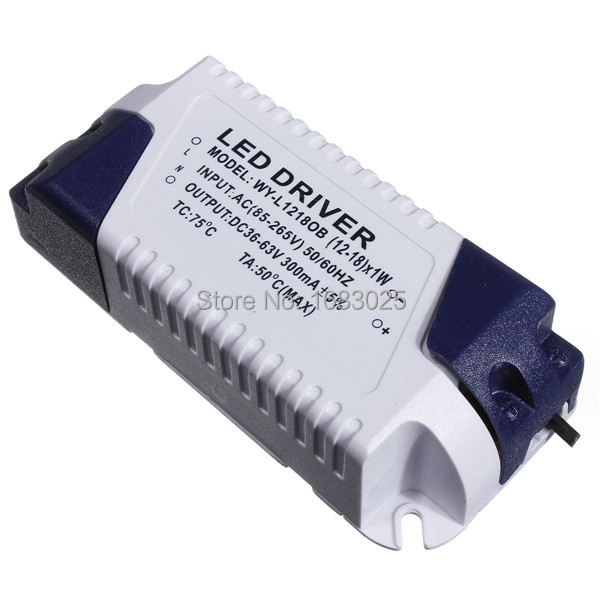This is why the term LED Drivers is more appropriate for such devices, let us not forget, at the moment LED lighting is relatively new, so manufacturer's have not all come together to unify a standard, as continuing research is finding new and improved LEDs and improving efficiencies, so imagine if a new LED was developed that used only 1mA current and provided a very high efficiency, and if someone then used an LED Driver that was designed to provide 100mA, it would most certainly blow the HE LED at 100 times more current.
So yes, this is why it would make sense to develop power supplies (LED Drivers) to run LED lighting ironing out all the pitfalls of compatibility issues between various manufacturers and different types of LED chips used, with different parameters.
However, it is now generally accepted an LED lighting power supply is called Electronic Transformer or an LED driver, even if it is not using a power transformer, but a switched mode power supply. Wikipedia doesn't have to say it and perhaps it has not been updated.
So yes, this is why it would make sense to develop power supplies (LED Drivers) to run LED lighting ironing out all the pitfalls of compatibility issues between various manufacturers and different types of LED chips used, with different parameters.
They are all transformers with one exception, the SMPTs you wrongly refer to as electronic transformers.
The Wikipedia article doesn't mention it either which ought to tell you something.
However, it is now generally accepted an LED lighting power supply is called Electronic Transformer or an LED driver, even if it is not using a power transformer, but a switched mode power supply. Wikipedia doesn't have to say it and perhaps it has not been updated.


